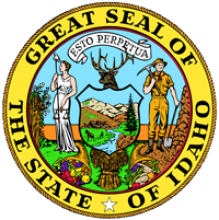Spanish Fork Community Network Adds Telephone
In 1999, the city of Spanish Forks in Utah began building a $7.5 million publicly owned cable network to offer broadband and cable television services. Since then, the network has created some $2 million in community savings from the lower rates created by competition. In February of 2009, Spanish Fork Community Network received the "Business of the Month" award from the local Chamber of Commerce.
Last month, they announced that they will be adding telephone services to the network by contracting with a private provider that will actually offer the service.
When most people think of Utah and broadband networks, they think of UTOPIA, the open access network that has had a variety of problems. The Spanish Fork Network has been quick to note their successes (I suspect they are also frequently attacked by the incumbent-loving Utah Taxpayers Association group):
Bowcut gave his budget report and said SFCN had over $400 thousand in retained earnings. "We are not going under."He also added that they built the network at a time when private providers refused to invest in the community. Hat tip to FreeUTOPIA for noting these stories.



